A Day with the Huawei Mate 30 Pro: Kirin 990 and 7680 FPS Slow Motion Tests
by Dr. Ian Cutress on September 23, 2019 4:00 AM EST- Posted in
- Smartphones
- Huawei
- Kirin 990
- Mate 30 Pro
- 7680fps
Daylight Photography Hands-On
One of the benefits of being a photography luddite is that the quality of smartphone cameras, both the hardware and the software, has come on leaps and bounds over the last decade. Smartphone photography is something that new entrants to the smartphone scene have difficulty on, because the main players are on their ninth or tenth generation of AI-accelerated photography features. If you are new with your first/second generation device, it is hard to play catch-up. But for today, Huawei is one of the companies leading the scene in computational photography.
For my short photography test, I’m pitting the Huawei Mate 30 Pro against my trusty P30 Pro. I also have the ROG Phone II here for an upcoming test, so I’ve thrown that in as well. I took seven day-time scenes from a trip to compare and contrast. All three phones are running in Auto mode, taking 10/12MP shots with pixel binning, with AI enabled.
Position 1: A Church
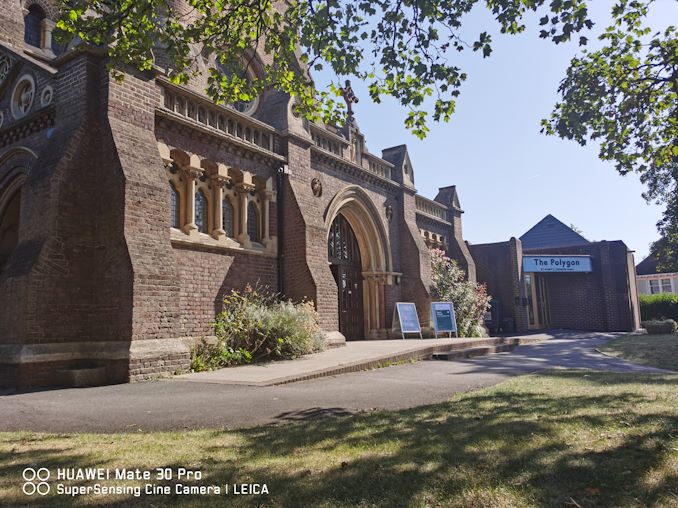

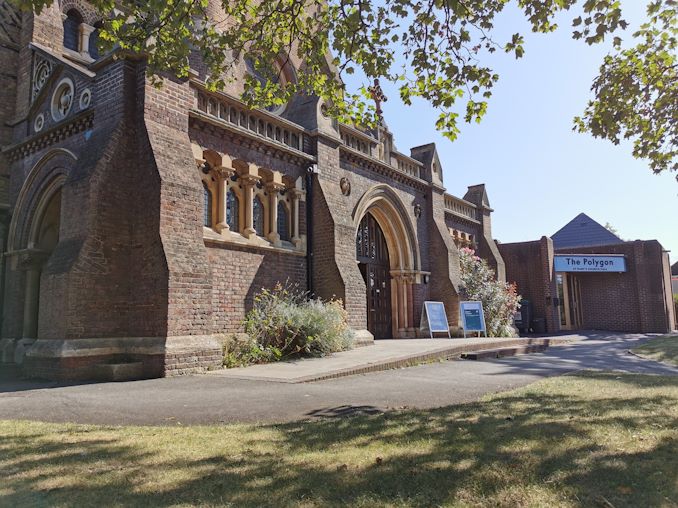
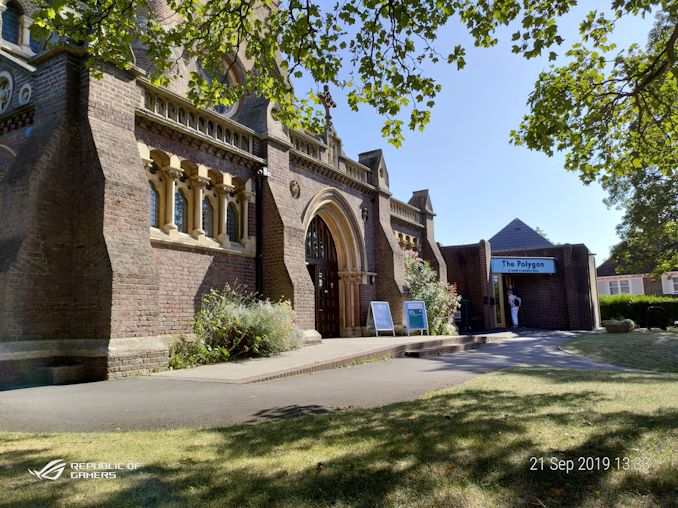
Mate 30 Pro | P30 Pro | ROG Phone II
Here we can see that the Mate 30 Pro is a little hazier around the words on the right, but the bricks on the wall of the Mate 30 Pro have a lot less noise on them. The ROG Phone II darkens the shadows quite a bit, whereas the two Huawei phones blend the scene a lot better.
Position 2: Clock Tower
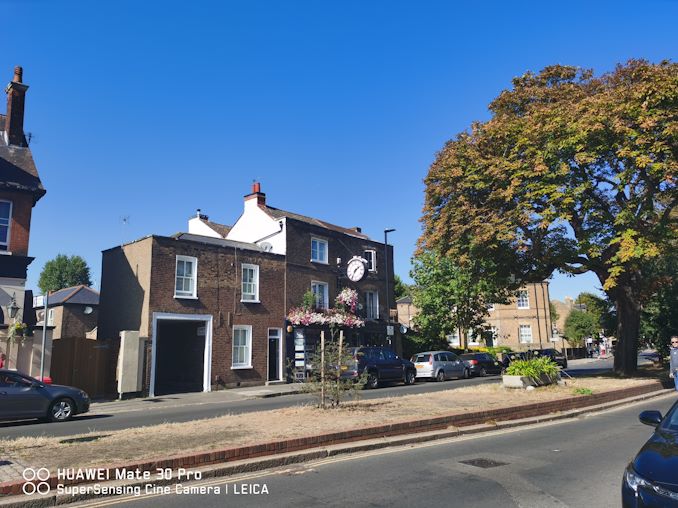

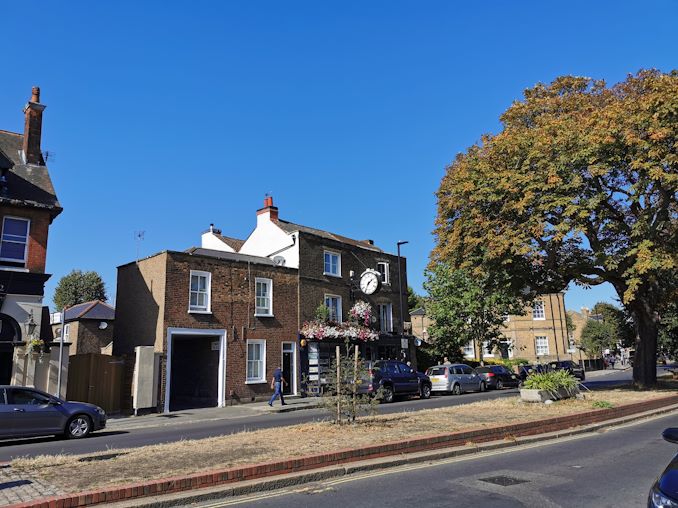

Mate 30 Pro | P30 Pro | ROG Phone II
In this instance the P30 Pro is darker on the brickwork than the Mate 30 Pro, however the Mate 30 Pro is a bit more hazier with less detail. Both phones used ISO 50 for this one, with the Mate 30 being at 1/4219s shutter speed compared to 1/3425s.
Position 3: Ealing Studios
This photo had a slight angle towards an incoming sun, to give a more difficult scene.
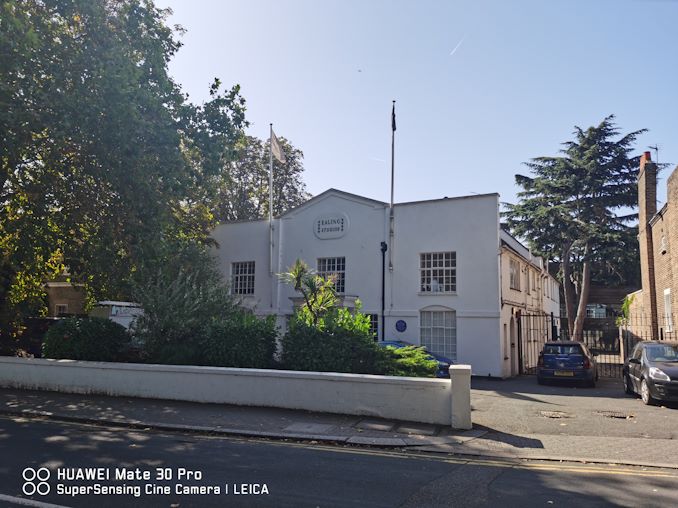

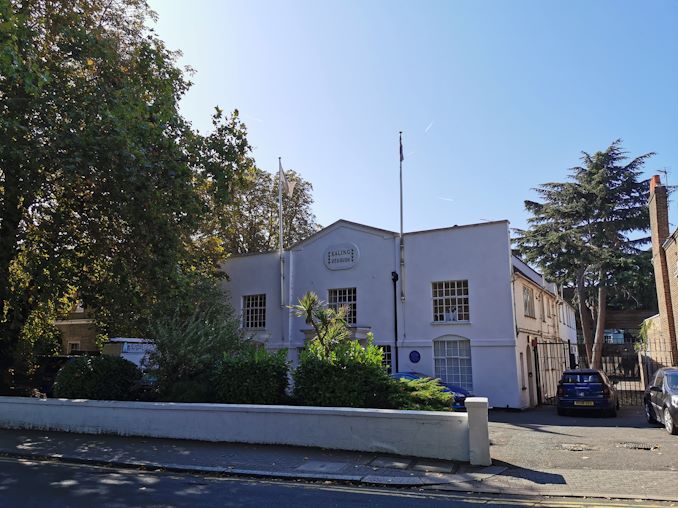
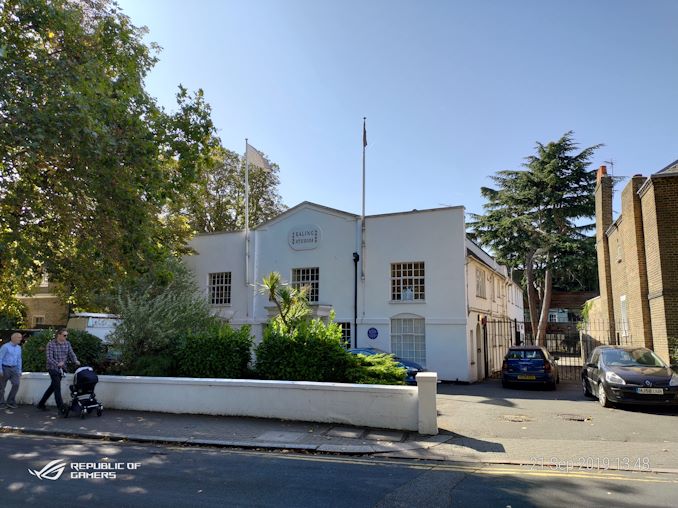
Mate 30 Pro | P30 Pro | ROG Phone II
Again we see that on the P30 Pro, compared to the Mate 30 Pro it is a little darker and in this case the building looks a lot bluer as a result. The sidewalk on the P30 Pro also looks blue, but on the Mate 30 Pro is truer to the real color.
Position 4: Macaroons
The artificial light here gives an interesting perspective – all three phones typically refresh at 60 Hz, but with the UK on its 50 Hz lighting system combined with a rolling shutter means that we get those wavy lines across the screen. Most modern smartphones now have a way of dealing with this, by detecting the light differential and synchronizing up. It still takes a good 5 seconds or so for the detection to work and kick in, however.
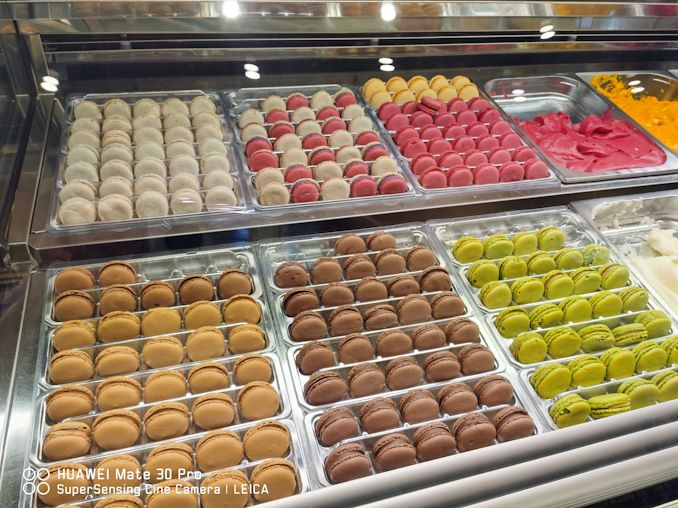

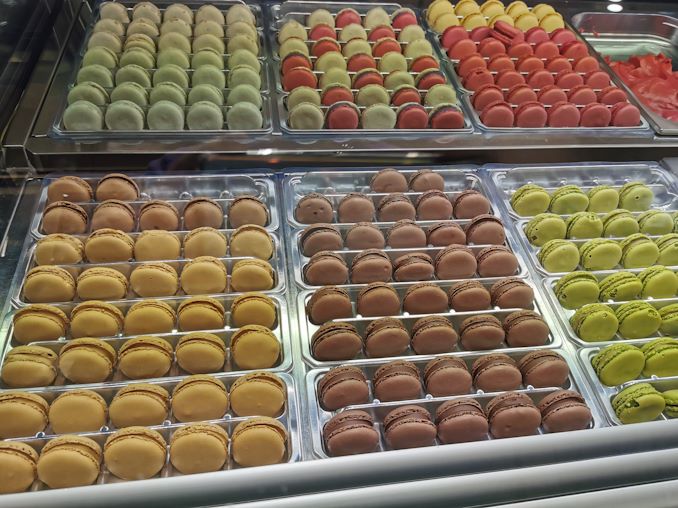
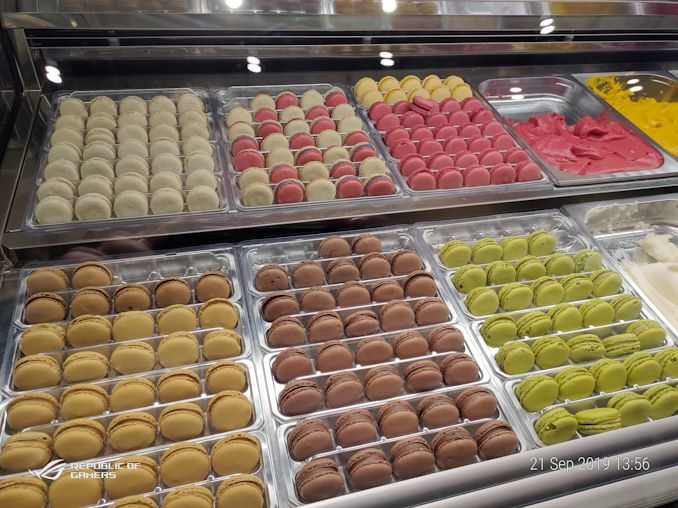
Mate 30 Pro | P30 Pro | ROG Phone II
The Mate 30 Pro makes the colors pop a bit more than the other two, but again we are getting some haziness in the camera and a lack of edge clarity in the distance or even on the yellow macaroons near the front.
Position 5: Ice Cream


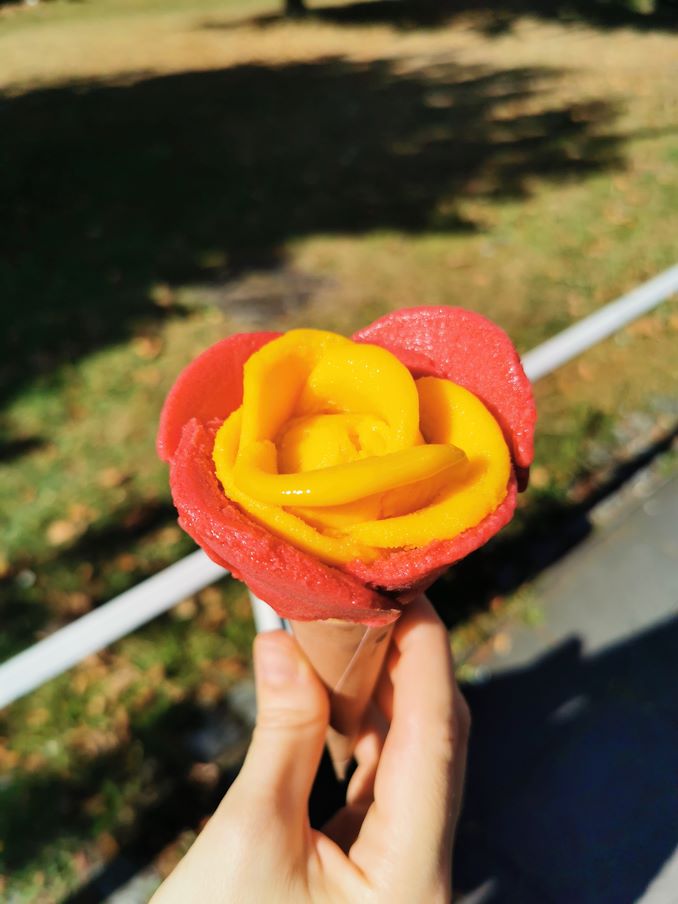
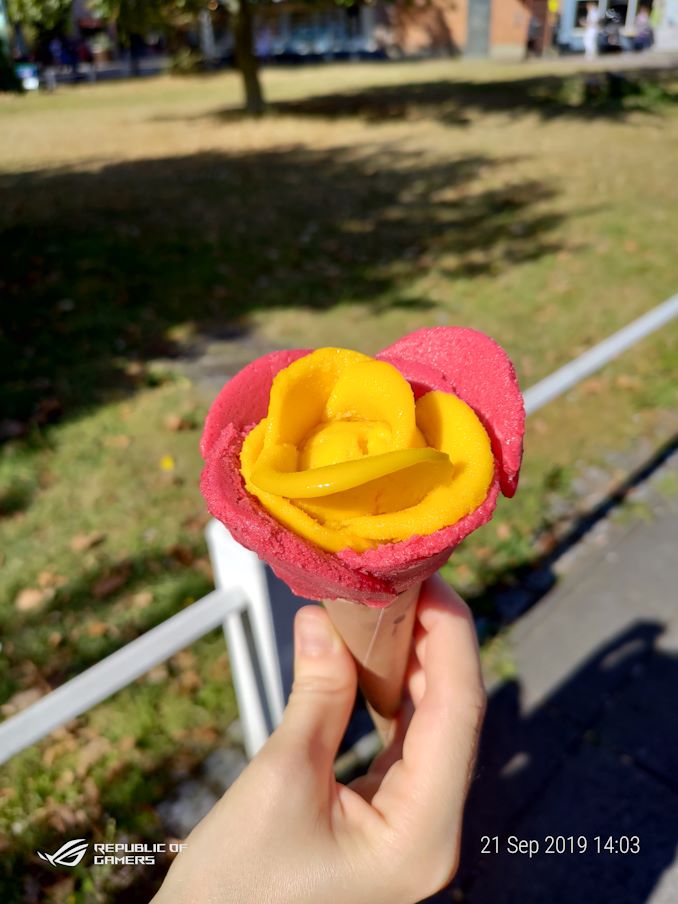
Mate 30 Pro | P30 Pro | ROG Phone II
This is more of a close up shot, and again we see the Mate 30 Pro make the colors seem more vibrant, but still a haziness in the image. I wonder if this is the bokeh going into overdrive. Impressively I prefer the ROG Phone II in this shot, as the picture is very clear and crisp.
Position 6: Shopping Center
This photograph was taken under shade in an open-air shopping mall, with Christmas lighting all strung up and ready to go. We have the sun coming in from the right, shining on a set of walls but leaving a lot of the shot in the shade.
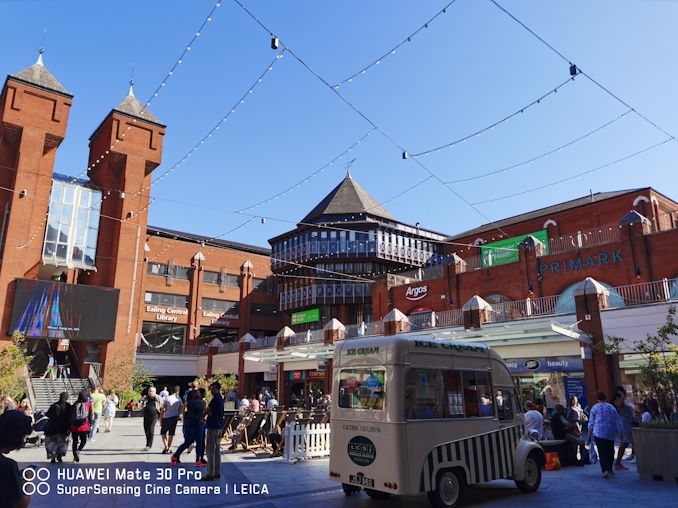

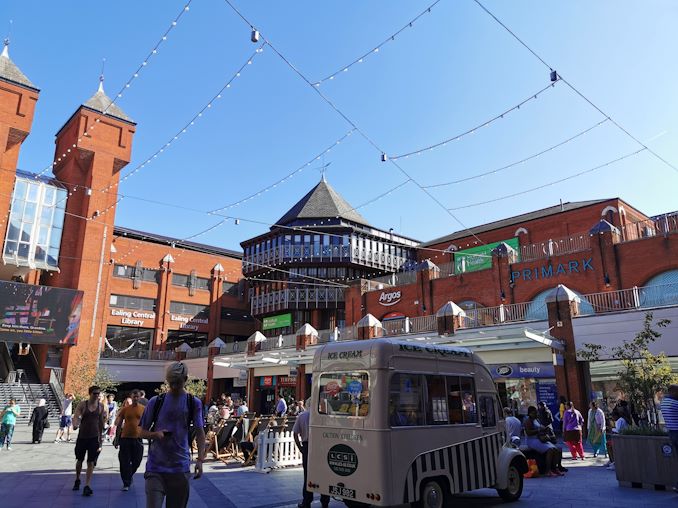
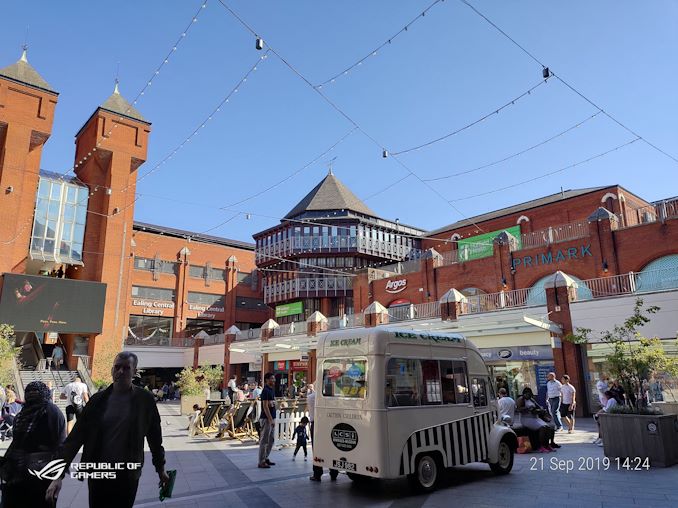
Mate 30 Pro | P30 Pro | ROG Phone II
For another scene, we have the P30 Pro being sharp, while the Mate 30 aims for more vibrant colors. In both cases, the floor is made very blue, whereas the ROG Phone, while not the most color vibrant shot, is probably the most true-to-life in most of the scene. Where the ROG Phone II falls short is the hanging lights, which both the Huawei’s depict quite clearly.
Position 7: Horse Statue
Another close up, this time of the shady side of a horse statue with the background containing a variety of Christmas lights.


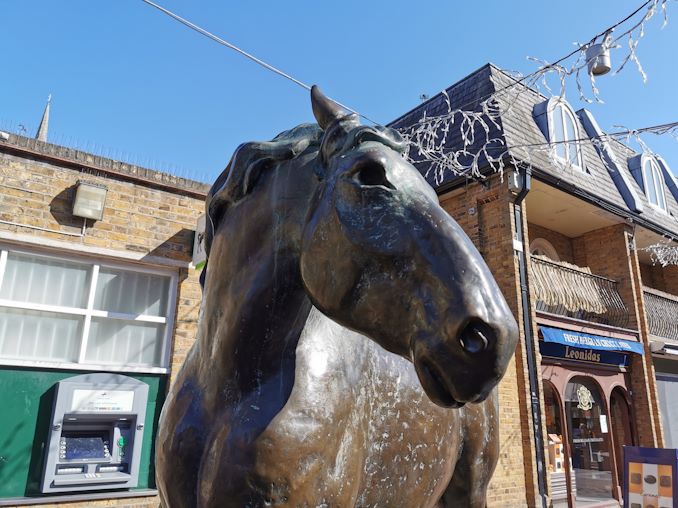
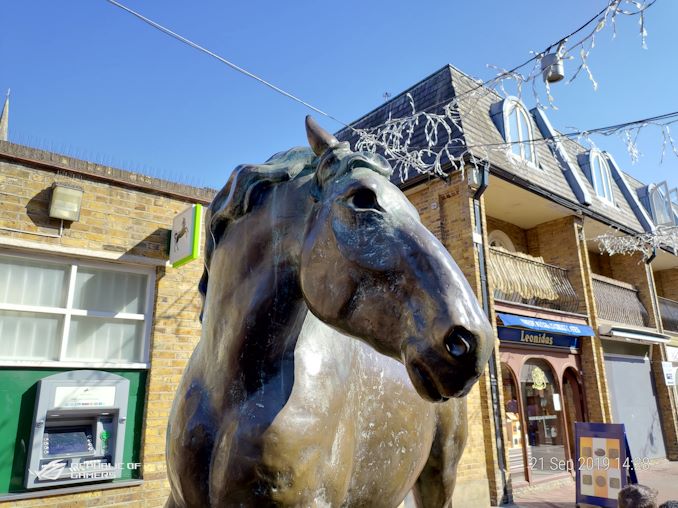
Mate 30 Pro | P30 Pro | ROG Phone II
With the Mate 30 Pro again being hazy in the periphery, this does seem down to an over-active bokeh implementation. The shadows and marks of the statue are easier to make out on the P30 Pro, which actually feels the most true-to-life out of the three shots. The ROG Phone II here seems to add an AI filter here that doesn’t work, causing some miscoloration and a lot of blur on the Christmas lights.










47 Comments
View All Comments
StevenD - Monday, September 23, 2019 - link
1100e for a device which comes with all the hassles of having to sideload a lot of the apps?Am I being cheap, cause that sounds crazy to me. Especially when you think that, for that price, you can definitely get a great phone with a great camera.
BedfordTim - Monday, September 23, 2019 - link
You could just use a third party store like Yalp.reggjoo1 - Monday, September 23, 2019 - link
Or, you can install gsf, without root, in ten minutes. Excellent article on 9to5 google.ChorizoNinja - Tuesday, September 24, 2019 - link
I am sorry, but 1099€ is a little bit of a joke. The slow motion camera is just a cheap interpolation, and it doesn't have google services. In my world I would grab a note 10, at least the warranty service, in my case, was excellent... and I have security patches and a full version of android, plus the stylus.iSeptimus - Wednesday, September 25, 2019 - link
Yup, it is ridiculous. Most people's time is worth more.oRAirwolf - Monday, September 23, 2019 - link
I actually enjoy slow motion video quite a bit. I use it when shooting guns. I am honestly pretty jealous of this extremely high frame rate video. I never thought I would be jealous about another phone this year after purchasing the OnePlus 7 Pro.s.yu - Tuesday, September 24, 2019 - link
I hope you paid attention, it shoots 1920fps at what they claim to be 720P (but that also requires verification since Huawei lies about everything), then interpolates each captured frame into 4.lukedriftwood - Monday, September 23, 2019 - link
I should point out that slowmo frame rates higher than 960fps (1920fps and 7680fps) are motion interpolated from 960fps native capture.Ian Cutress - Monday, September 23, 2019 - link
It's 1080p960 or 720p1920. That's more than just a simple interpolation, otherwise it would be able to take 1080p video and then interpolate as it is saving the file from memory and the data goes through the ISP.s.yu - Monday, September 23, 2019 - link
"do clever interpolation to appear as if it is a higher frame rate"Ian, you're calling falsities "clever", and used too slow a water stream for the test. The correct way is to use a sprinkler, go very close to the sprinkler, and point the camera on something in the same plane of focus, for example grass, as the sprinkler. It would clearly show how ugly the interpolation is. Huawei's 480fps interpolated to 960fps was already shown to be very ugly under the sprinkler test, interpolating 1 into 4 frames is even uglier and more dishonest. Sony only advertised 960fps when they properly read out every frame. Not Huawei, not these people, they can't stop themselves from lying.
Usually we'd have Andrei doing smartphone tests, but has all that Huawei pampering clouded your judgement?